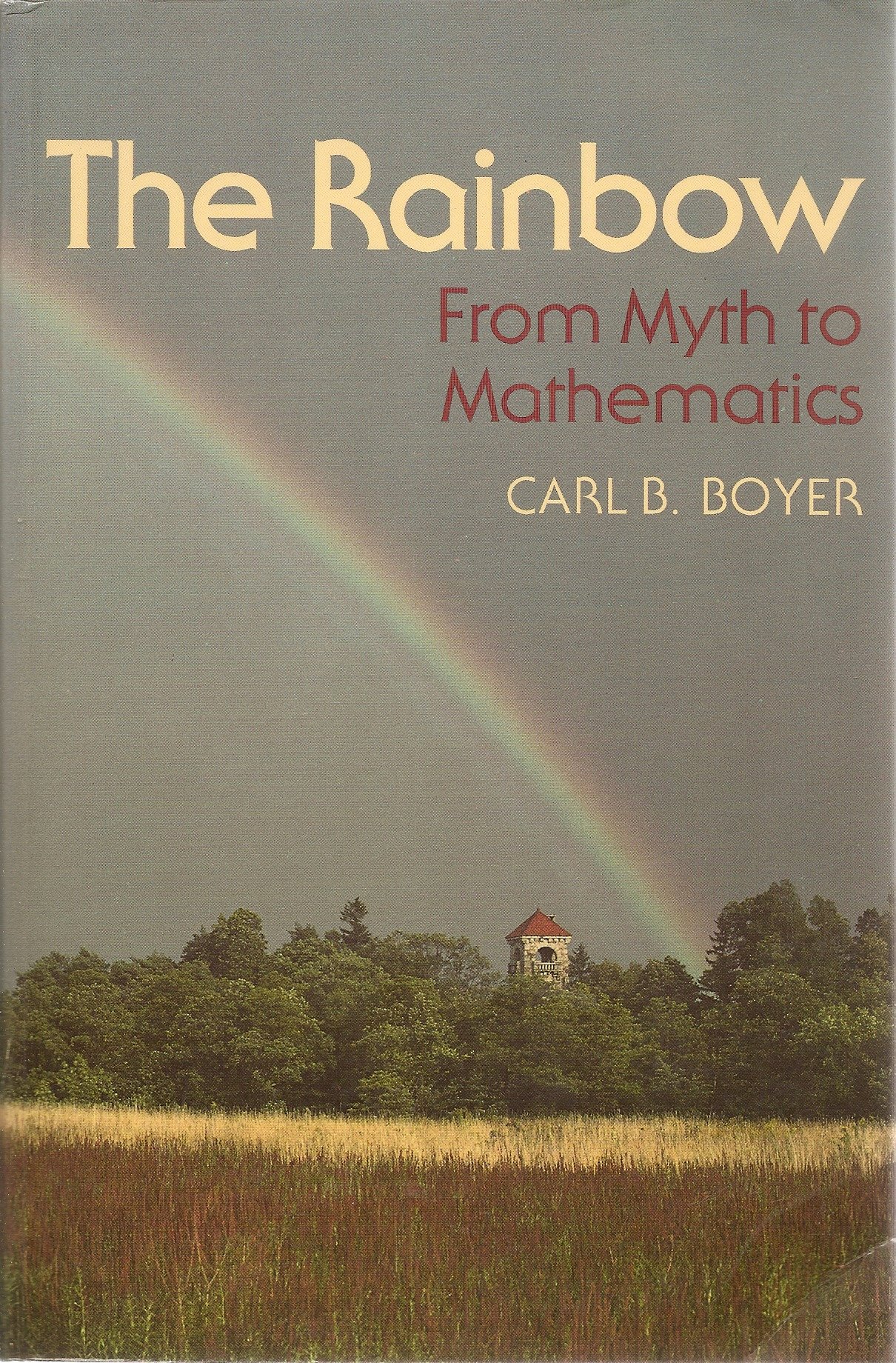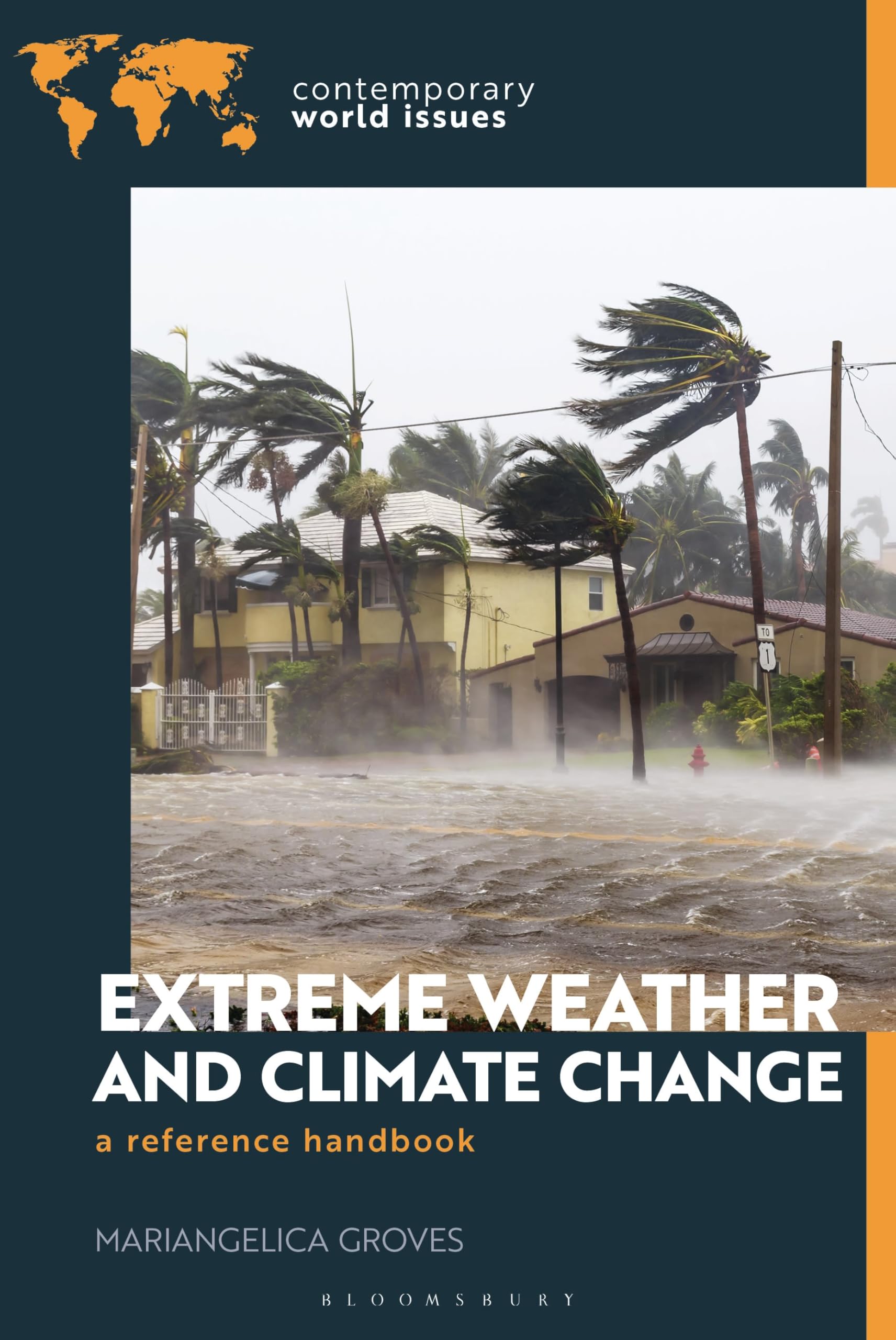This up-to-date and comprehensive electronic book on two CD-ROMs presents an incredible collection of important documents, reports, and publications from the federal government about the science of global warming and climate change. There is extraordinary material from the federal agencies and departments working on this vital issue: National Aeronautics and Space Administration (NASA), Environmental Protection Agency (EPA), National Oceanic and Atmospheric Administration (NOAA), Department of Energy (DOE), Commerce Department, State Department, Agriculture Department (USDA), U.S. Geological Survey (USGS), Department of Interior, Department of Transportation (DOT), and the National Science Foundation (NSF). There are hundreds of references, position papers, action reports, and more from the U.S. Global Change Research Program (GCRP) and other activities of the federal government. Topics covered include: Greenhouse gases (carbon dioxide, methane, and nitrous oxide), emissions and impacts, the global carbon cycle, land-use and land-cover changes, ecosystems, observation and monitoring, American and international research and cooperation, human contributions and responses, sea level rises, beach erosion, wetlands, global water cycle, climate variability, solar influence, future climate trends and computer models, uncertainties, possible effect on extreme weather and hurricanes, science programs, and ways to reduce greenhouse gas emissions. With over one and a half gigabytes of valuable information, there is no better source of up-to-date material on global warming and climate change. According to the National Academy of Sciences, the Earth’s surface temperature has risen by about 1 degree Fahrenheit in the past century, with accelerated warming during the past two decades. There is new and stronger evidence that most of the warming over the last 50 years is attributable to human activities. Human activities have altered the chemical composition of the atmosphere through the buildup of greenhouse gases – primarily carbon dioxide, methane, and nitrous oxide. The heat-trapping property of these gases is undisputed although uncertainties exist about exactly how earth’s climate responds to them. Energy from the sun drives the earth’s weather and climate, and heats the earth’s surface; in turn, the earth radiates energy back into space. Atmospheric greenhouse gases (water vapor, carbon dioxide, and other gases) trap some of the outgoing energy, retaining heat somewhat like the glass panels of a greenhouse. Without this natural “greenhouse effect,” temperatures! would be much lower than they are now, and life as known today would not be possible. Instead, thanks to greenhouse gases, the earth’s average temperature is a more hospitable 60degF. However, problems may arise when the atmospheric concentration of greenhouse gases increases. Since the beginning of the industrial revolution, atmospheric concentrations of carbon dioxide have increased nearly 30%, methane concentrations have more than doubled, and nitrous oxide concentrations have risen by about 15%. These increases have enhanced the heat-trapping capability of the earth’s atmosphere. Sulfate aerosols, a common air pollutant, cool the atmosphere by reflecting light back into space; however, sulfates are short-lived in the atmosphere and vary regionally. Scientists generally believe that the combustion of fossil fuels and other human activities are the primary reason for the increased concentration of carbon dioxide. Plant respiration and the decomposition of organic matter release more than 10 times the CO2 released by human activities; but these releases have generally been in balance during the centuries leading up to the industrial revolution with carbon dioxide absorbed by terrestrial vegetation and the oceans. What has changed in the last few hundred years is the additional release of carbon dioxide by human activities. In all, the set of two discs has over 49,00
2006 Professional Guide to Climate Change Science and Government Research into Global Warming – Models, Scenarios, Sources, Sinks, Atmospheric Science Observations (Two CD-ROM Set)
$25.00
This digital collection of government research supports advanced study and research in climate science and environmental studies.






Reviews
There are no reviews yet.